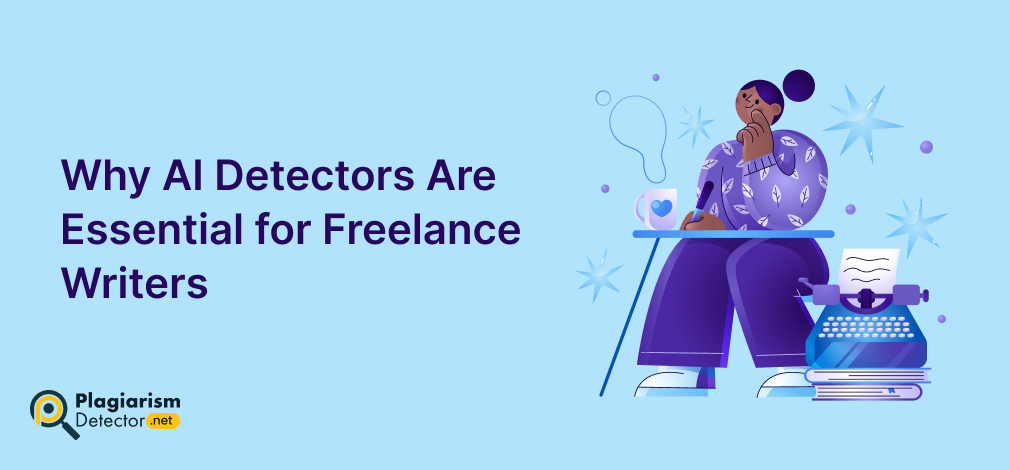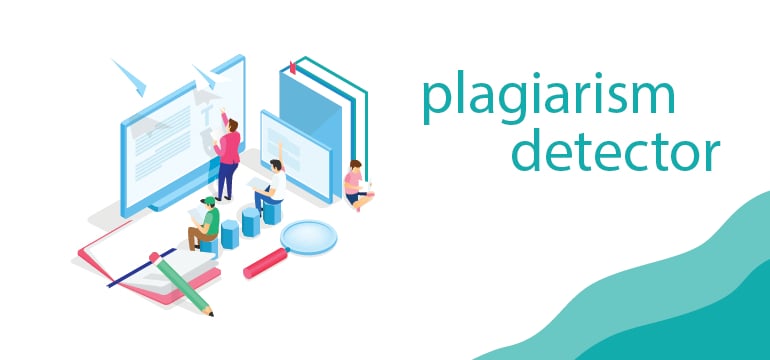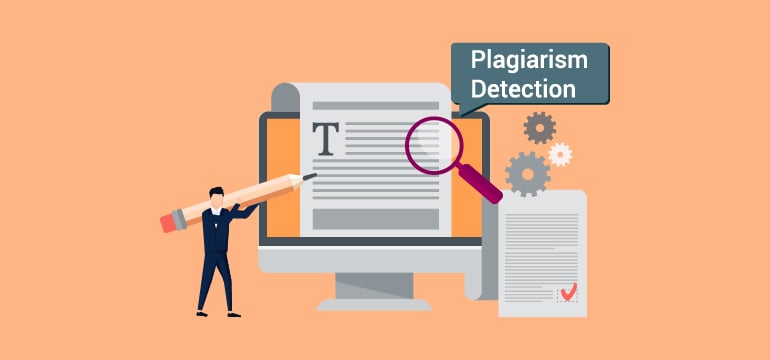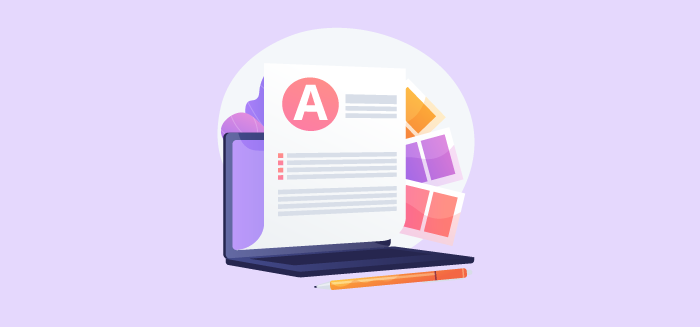How to Boost Clarity and Creativity Using Paraphrasing Tools
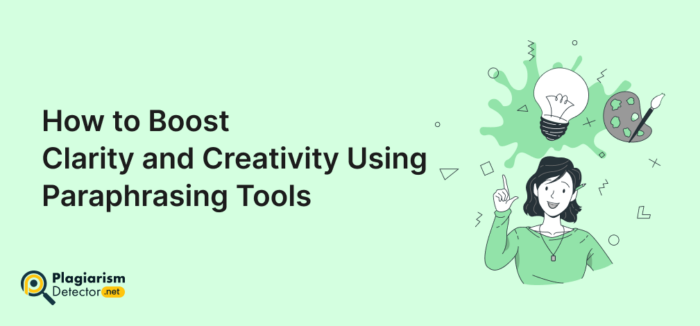
Have you ever had a clear idea in your mind, but struggled to put it into words? Like trying to take a picture of a sunset through a blurry lens? It’s a common problem for many writers.
That’s where paraphrasing tools come in, not as a shortcut but as helpful partners in the writing process. These tools do more than just improve grammar or structure. They also help you see your thoughts from a new angle. A paragraph that feels difficult to write might hold your best idea. A confusing email may just need a little clarity to shine.
Imagine taking a messy draft and transforming it into something meaningful simply by viewing it in a new light. The real magic begins when you stop overthinking and let your ideas flow naturally. Want to write with more clarity and less stress? Paraphrasing tools can help bring out the best in your words.
What’s the Real Struggle with Writing?
Before diving into how paraphrasing tools can save the day, let’s quickly look at why writing feels like such a struggle sometimes.
Writing challenges that almost everyone runs into:
- Sentences dragging on forever
- Repeating the exact boring words
- Getting the tone wrong
- Feeling creatively blocked
- Running out of time with half a draft still a mess
It is about mental overload and language fatigue. And that’s where traditional advice falls short.
Why Traditional Writing Advice Isn’t Always Enough?
The classic “just read more” or “keep practising” tips sound nice, but they don’t help much when you’re sitting there with a deadline breathing down your neck and zero inspiration in sight.
Most people face writing ruts because of things like:
- Mental fatigue: Your brain just zones out after reworking the same sentence 17 times
- Vocabulary gaps: Not everyone has a Shakespeare-level word bank (we can relate!)
- Overthinking mode: You second-guess every line until it doesn’t even make sense anymore
- Time pressure: You’re not writing (something creative, something meaningful), you’re just trying to finish
When you’re stuck, paraphrasing tools act like a creative jumpstart, helping your own words find their rhythm (and playing the role of a creative catalyst!)
How Paraphrasing Tools Work?
The advanced AI-powered paraphrasing tool by PlagiarismDetector.Net works like that trusted editor friend, the one who understands your writing style but still offers helpful suggestions to make it better. Here’s what’s happening behind the scenes:
Context Comprehension:
They efficiently analyse your text like a human would, understanding nuance and intent
Style Matching:
The powerful algorithms preserve your unique voice while enhancing clarity
Creative Alternatives:
They effortlessly generate multiple phrasings, allowing you to choose the one that fits best.
Flow Optimisation:
Flawlessly identify and fix awkward transitions or redundancies.
The most advanced tools even adapt to your style over time. They’re not here to replace your writing but to enhance it. Think of them as a writing partner who’s always available to help shape your ideas, without ever taking credit for your work.
The Clarity Connection: How These Tools Clean Up Confusion
This is non-negotiable: clear writing is better writing (and there is no debate about it!) When your readers struggle to follow your intent, even the most brilliant thoughts lose their charm. That’s where paraphrasing tools step in as your:
- Idea untangler as they spot and smooth out ambiguous sentences that make readers work too hard
- Jargon buster, they help replace stiff, technical language with natural phrasing that connects
- Flow fixer: The advanced processing rearranges awkward structures into smooth, logical progressions
- A clarity mirror, as it shows you how your writing lands with fresh eyes
How Paraphrasing Tools Spark Creativity
Now let’s look at the other side. Paraphrasing tools aren’t just for correcting wrong phrases, but they can also spark creativity. Ever looked at your writing and thought, “It’s okay, but it’s missing something”? We’ve all had those moments. That’s when these tools shine. They help unlock fresh ideas and new perspectives.
They help boost creativity by:
- Offering different versions of the same thought, sparking fresh ideas
- Helping you play with different tones (serious, friendly, persuasive, formal and so on!)
- Mixing up sentence length and rhythm to improve flow
- Exposing you to new vocabulary that sounds more engaging or emotionally spot-on
Real-Life Applications of Paraphrasing Tools:
Let’s look at how these tools transform real writing struggles into wins:
- Blogging & Content Writing
Stuck on a lifeless intro or blog-related content and personal content writing? Get instant alternatives that sound authentically engaging in your text and make your writing stand out from the crowd.
- Academic Writing
With this advanced technology, you can now simplify complex arguments, avoid plagiarism traps, and still maintain a scholarly tone.
- Emails & Professional Messages
That tricky client email? Nail the tone (diplomatic yet direct) in one draft, not five.
- Social Media Posts
Reword captions until they sound catchy and scroll-stopping.
- English Learning
Absorb natural phrasing patterns faster than binge-watching grammar tutorials.
Confession! Using the paraphrasing tool feels like having a clever shortcut for every writing challenge.
Effective Strategies for Using Paraphrasing Tools
Just pasting your text and clicking “paraphrase” won’t instantly make you a great writer. These tools are more like a helpful writing buddy. So these tools are always ready to assist, but it’s still your ideas that matter most.
Here’s how to get the real value out of them:
- Start with your draft. Even a messy one is fine. You need raw material to work with.
- Pick parts that feel off: too wordy, too dry, or too repetitive.
- Use the tool’s suggestions as a base, not the final draft. Tweak them to suit your vibe.
- Explore multiple reworded options if available. Don’t just pick the first one.
- Read out loud. If it sounds robotic or weird, tweak it again.
The goal is to combine your brain with the tool’s suggestions, and that’s when the real magic happens. Try out these tactics and you will be amazed by the results!
Best Uses You Need to Know:
Once you get comfy using these tools, there are even more advanced ways to use them smartly:
- Audience Tweaking
Reword the same idea in different tones for different readers, considering the distinction between expert and novice audiences.
- A/B Testing Content
Use tool variants to test which version gets better responses or conversions.
- Learning Through Repetition
Over time, you’ll naturally start writing better without needing the tool as much, just by observing how it rewrites your stuff.
- Tone Calibration
Trying to hit that tricky “confident but not arrogant” tone? The AI-powered paraphrasing tool can effortlessly help you balance it out.
Capping Off:
What you meant to say gets tangled in awkward sentences. Paraphrasing tools don’t replace your voice; they help reveal it. They offer clarity when your words get cloudy and spark creativity when ideas feel stuck.
If you’re unsure where to start, check out the top 08 paraphrasing tools for academic success. This is a carefully curated list designed to help students and professionals express themselves more clearly, confidently, and creatively.
